Introduction to Baby Bella Mushrooms
Baby bella mushrooms, also known as cremini or crimini mushrooms, represent one of the most versatile and accessible gourmet mushroom varieties available to home cooks and professional chefs alike. These flavorful fungi occupy a unique position in the culinary world—more robust and complex than white button mushrooms yet more widely available and affordable than many specialty varieties. Their rich, earthy flavor and firm texture make them ideal for countless cooking applications, from simple sautés to complex dishes where they serve as the star ingredient.
Despite their name suggesting a distinct variety, baby bella mushrooms are actually the same species (Agaricus bisporus) as both white button mushrooms and portobello mushrooms. The difference lies primarily in maturity—baby bellas are simply harvested at an intermediate growth stage between buttons and portobellos. This middle position in the growth cycle gives them a distinctive combination of concentrated flavor and ideal texture that many cooks prefer for everything from everyday meals to special occasion dishes.
Their rising popularity in recent decades reflects growing interest in ingredients that offer both culinary versatility and nutritional benefits. Baby bella mushrooms deliver on both counts, providing impressive nutritional value including protein, fiber, vitamins, minerals, and unique bioactive compounds, all while contributing rich umami flavor and meaty texture to dishes. Whether you're new to cooking with these mushrooms or looking to expand your culinary repertoire, this comprehensive guide will explore everything you need to know about selecting, storing, preparing, and enjoying baby bella mushrooms.
Understanding Baby Bella Mushrooms
Before diving into culinary applications, it's helpful to understand what makes baby bella mushrooms distinctive and how they relate to other mushroom varieties.
Taxonomy and Identification
Baby bella mushrooms have specific characteristics that distinguish them from other varieties:
- Scientific classification: Agaricus bisporus, the same species as white button and portobello mushrooms
- Appearance: Medium-brown caps ranging from tan to rich chocolate brown
- Size: Typically 1.5-2.5 inches in diameter, larger than buttons but smaller than portobellos
- Gill color: Light pink to medium brown gills under the cap, darker than white buttons
- Stem characteristics: Firm, white stems that are fully attached to the cap
- Texture: Denser and firmer than white button mushrooms
- Growth habit: Cultivated commercially rather than wild-harvested
- Naming conventions: Known as cremini, crimini, baby portobello, Roman, or Italian brown mushrooms
These identifying features help distinguish baby bellas from similar-looking varieties in the marketplace.
Relationship to Other Mushroom Varieties
Understanding how baby bellas relate to other common mushrooms:
- White button mushrooms: Same species but harvested earlier; baby bellas are slightly more mature
- Portobello mushrooms: Same species but harvested later; portobellos are fully mature
- Developmental stages: The progression goes from white button → baby bella → portobello
- Flavor differences: Each stage develops more intense flavor and darker coloration
- Texture progression: Firmness increases with maturity through each stage
- Shiitake comparison: Different species entirely (Lentinula edodes), with different flavor profile
- Oyster mushroom distinction: Different species (Pleurotus ostreatus) with softer texture and milder flavor
- Porcini relationship: Unrelated species (Boletus edulis) with distinctive flavor profile
This developmental relationship explains why baby bellas offer a middle ground in terms of flavor intensity and texture.
Growth and Cultivation
The cultivation process for baby bella mushrooms:
- Growing medium: Composted agricultural materials, typically including straw and manure
- Cultivation environment: Controlled temperature, humidity, and airflow conditions
- Growth timeline: Approximately 15-20 days from spawning to harvest
- Commercial production: Grown indoors in specialized facilities year-round
- Organic cultivation: Increasingly available with certified organic growing methods
- Sustainability aspects: Efficient water usage and ability to use agricultural byproducts
- Harvest timing: Picked when caps are closed but have developed brown coloration
- Post-harvest handling: Carefully stored at cold temperatures to maintain freshness
Commercial cultivation ensures consistent availability throughout the year, unlike seasonal wild mushrooms.

Nutritional Profile of Baby Bella Mushrooms
Baby bella mushrooms offer impressive nutritional benefits that contribute to their growing popularity.
Macronutrient Composition
The basic nutritional breakdown per 3-ounce (85g) serving of raw baby bella mushrooms:
- Calories: Approximately 20-25 calories
- Protein: 2-3 grams, with a complete amino acid profile
- Carbohydrates: 3-4 grams, primarily complex carbohydrates
- Fiber: 1-2 grams of beneficial dietary fiber
- Fat: Less than 0.5 grams, mostly unsaturated
- Water content: Approximately 90-92% water by weight
- Net carbs: 2-3 grams, making them suitable for low-carb diets
- Glycemic impact: Very low glycemic index and glycemic load
This nutrient profile makes baby bella mushrooms an excellent addition to weight-management and health-conscious diets.
Vitamin Content
Baby bellas contain several important vitamins:
- Riboflavin (B2): 23% of Daily Value (DV), supporting energy metabolism
- Niacin (B3): 21% DV, important for nervous system function
- Pantothenic acid (B5): 15% DV, essential for energy production
- Vitamin D potential: Can contain vitamin D2, especially when exposed to UV light
- Vitamin B6: 7% DV, supporting protein metabolism
- Folate: 4% DV, important for cell division and DNA synthesis
- Vitamin C: Small amounts that contribute to overall intake
- Vitamin B12: One of the few plant foods with traces of B12 (though not a reliable source)
The B vitamin content is particularly noteworthy, especially for those following plant-based diets.
Mineral Content
Baby bella mushrooms provide several essential minerals:
- Selenium: 37% DV, an important antioxidant mineral
- Copper: 15% DV, essential for red blood cell formation
- Potassium: 9% DV, supporting heart and muscle function
- Phosphorus: 8% DV, important for bone health
- Zinc: 5% DV, supporting immune function
- Iron: 3% DV, essential for oxygen transport
- Magnesium: 2% DV, involved in hundreds of biochemical reactions
- Manganese: 2% DV, supporting metabolism and bone formation
This mineral profile contributes significantly to their overall nutritional value.
Bioactive Compounds
Beyond basic nutrients, baby bellas contain specialized compounds:
- Beta-glucans: Complex polysaccharides that support immune function
- Ergothioneine: A powerful antioxidant rarely found in food sources
- Ergosterol: Converts to vitamin D when exposed to UV light
- Glutathione: An important antioxidant for cellular health
- Polyphenols: Plant compounds with antioxidant properties
- Conjugated linoleic acid: Present in small amounts with potential health benefits
- Chitin: A form of fiber that may support gut health
- L-ergothioneine: A unique amino acid with antioxidant properties
These compounds contribute to the health benefits associated with regular mushroom consumption.
Selecting and Storing Baby Bella Mushrooms
Proper selection and storage significantly impact the quality and lifespan of baby bella mushrooms.
How to Choose Fresh Baby Bellas
Look for these indicators of quality when selecting mushrooms:
- Cap condition: Smooth, unblemished caps without dry spots or slime
- Color: Even brown coloration without discolored areas
- Firmness: Firm to the touch, not soft or spongy
- Gill appearance: Gills should be intact and not overly exposed
- Moisture level: Slightly dry surface without being desiccated
- Aroma: Fresh, earthy smell without any ammonia or sour notes
- Stem quality: Firm stems without excessive trimming
- Packaging integrity: No excessive moisture in pre-packaged containers
Selecting mushrooms at their peak ensures the best flavor and longest possible storage life.
Optimal Storage Methods
Proper storage extends freshness and prevents spoilage:
- Refrigeration: Store at 32-36°F (0-2°C) for optimal preservation
-
Container options:
- Original container with holes for ventilation
- Paper bag to absorb excess moisture
- Partially open plastic bag allowing some air circulation
- Airflow consideration: Some ventilation is essential to prevent moisture buildup
- Isolation: Store away from strong-smelling foods as mushrooms absorb odors
- Position in refrigerator: Place in main compartment, not crisper drawer (too humid)
- Washing timing: Do not wash until ready to use
- Bulk storage: For large quantities, arrange in a single layer with paper towels between layers
- Container material: Prefer breathable containers over airtight ones
Following these storage practices typically extends shelf life to 7-10 days.
Extending Shelf Life
Additional techniques to maximize freshness:
- Paper towel technique: Wrap loosely in paper towels before placing in container
- Regular inspection: Remove any mushrooms showing signs of spoilage
- Ethylene sensitivity: Keep away from ethylene-producing fruits like apples and bananas
- Temperature stability: Maintain consistent refrigeration temperatures
- Handling minimization: Reduce handling to prevent bruising and accelerated deterioration
- Partial use strategy: Use oldest mushrooms first when purchasing multiple packages
- Cleaning method: Brush off debris rather than washing when possible
- Air exposure management: Balance between airflow and excessive drying
These techniques can help extend usability beyond the standard storage time.
Signs of Spoilage
Knowing when to discard baby bella mushrooms:
- Sliminess: Slimy texture indicates bacterial growth
- Dark spots: Black or dark brown spots beyond normal coloration
- Wrinkled texture: Excessive wrinkling indicates dehydration
- Unpleasant odor: Sour, ammonia-like, or fishy smells
- Mold presence: Fuzzy growth of any color
- Excessive moisture: Pooling liquid in storage container
- Gill darkening: Gills turning black (different from normal browning)
- Soft texture: Unusual softness or mushiness when touched
When in doubt about freshness, it's safest to discard questionable mushrooms.

Preparation Techniques for Baby Bella Mushrooms
Proper preparation maximizes both flavor and texture of baby bella mushrooms.
Cleaning Methods
Effective approaches to cleaning without compromising quality:
- Dry brushing: Use a soft mushroom brush or paper towel to remove debris
- Quick rinse: Brief exposure to running water if necessary
- Timing consideration: Clean just before cooking, not in advance
- Soaking avoidance: Never soak mushrooms as they absorb water like sponges
- Stem cleaning: Pay special attention to the stem base where dirt collects
- Gill assessment: Decide whether to remove gills based on recipe (usually unnecessary for baby bellas)
- Specialized tools: Mushroom brushes designed specifically for cleaning
- Cloth option: Slightly dampened cloth for gentle wiping
The goal is to remove surface dirt while maintaining the mushroom's natural moisture balance.
Cutting and Trimming
Basic preparation cuts for different cooking applications:
- Stem evaluation: Trim only woody stem ends; most of the stem is usable
-
Slicing options:
- Quarter for chunky texture
- Slices (1/8 to 1/4 inch) for even cooking
- Dicing for incorporation into stuffings or fillings
- Halving for roasting or grilling
- Direction consideration: Slice with or across the grain depending on desired texture
- Size consistency: Cut pieces to similar sizes for even cooking
-
Specialized cuts:
- Julienne for salads
- Brunoise (fine dice) for sauces
- Thick cut for meaty texture
- Whole use cases: When to leave whole for stuffing or presentation
The cutting method should align with the cooking technique and desired final texture.
Pre-Cooking Considerations
Preparation steps that impact final results:
- Moisture management: Pat dry after washing to improve browning
- Room temperature: Allow refrigerated mushrooms to warm slightly before cooking
- Seasoning timing: When to add salt (generally later in cooking to prevent moisture loss)
- Oil vs. dry pan: Considerations for different cooking methods
- Crowding awareness: Avoid overcrowding the pan which causes steaming instead of browning
-
Pre-treatment options:
- Marinating for flavor absorption
- Blanching for specific applications
- Par-cooking for later use
- Flavor infusion: Methods for incorporating flavors before main cooking
- Texture considerations: How preparation affects final textural outcome
These pre-cooking decisions significantly impact the final taste and texture.
Cooking Methods for Baby Bella Mushrooms
Baby bella mushrooms can be prepared using numerous cooking techniques, each highlighting different aspects of their flavor and texture.
Sautéing Techniques
The most common and versatile cooking method:
- Pan selection: Heavy-bottomed skillet or sauté pan for even heating
- Heat level: Medium-high to high heat for proper browning
-
Fat options:
- Butter for rich flavor
- Olive oil for heart-healthy option
- Combination for best of both worlds
- Dry sautéing for fat-free preparation
-
Proper technique:
- Heat pan before adding fat
- Add mushrooms only when pan and fat are hot
- Cook in single layer without overcrowding
- Allow moisture to evaporate before stirring
- Cook until golden brown, approximately 5-7 minutes
- Flavor additions: Garlic, shallots, herbs added at appropriate times
- Finishing touches: Deglazing with wine or broth, cream addition, herb garnish
Proper sautéing develops deep flavor through caramelization and Maillard reaction.
Roasting Method
Concentrates flavor through dry heat:
- Temperature setting: 400-425°F (204-218°C) for optimal caramelization
-
Preparation:
- Toss with oil, salt, and desired seasonings
- Arrange in single layer on baking sheet
- Ensure space between pieces for proper roasting
- Timing: 20-25 minutes total, stirring halfway through
- Dongle indicators: Golden brown edges, reduced size, concentrated flavor
-
Variations:
- Adding balsamic vinegar for caramelization
- Incorporating herbs halfway through cooking
- Finishing with Parmesan cheese in last few minutes
- Serving suggestions: As side dish, salad topping, or recipe component
Roasting creates intense flavor concentration and pleasantly firm texture.
Grilling Approach
Adds smoky flavor dimension:
-
Preparation options:
- Thread onto skewers for easy handling
- Use grill basket to prevent falling through grates
- Place directly on grill if mushrooms are large enough
- Seasoning: Brush with oil and seasonings before grilling
- Heat level: Medium-high heat (375-450°F/190-232°C)
-
Technique:
- Place presentation side down first
- Grill 3-4 minutes per side
- Look for grill marks and slight charring
- Basting option: Brush with marinade during grilling for flavor layering
- Finishing: Rest briefly before serving to redistribute juices
Grilling adds distinctive smoky flavor that complements the natural earthiness.
Stuffed Preparation
Showcases baby bellas as an elegant appetizer or side:
- Selection criteria: Choose mushrooms of similar size for even cooking
-
Preparation:
- Remove stems and finely dice for filling
- Create small hollow in cap for filling
- Par-cook caps before filling for proper texture
-
Filling options:
- Herb and breadcrumb mixture
- Cheese-based fillings
- Meat mixtures like sausage or crab
- Vegetarian options with grains or legumes
- Cooking method: Bake at 350-375°F (177-190°C) for 15-20 minutes
- Presentation enhancements: Fresh herb garnish, sauce drizzle, microgreens
Stuffed baby bellas create an impressive presentation with concentrated flavors.
Soup and Sauce Applications
Methods for incorporating into liquid-based dishes:
-
Soup preparation:
- Sauté before adding liquid for flavor development
- Consider puréeing some mushrooms for body
- Add some mushrooms later for textural contrast
- Finish with fresh herbs and possibly cream
-
Sauce techniques:
- Finely dice for incorporation throughout
- Slice for visible presence in sauce
- Create mushroom fond as sauce base
- Consider straining for refined preparations
- Reduction considerations: Account for water released during cooking
- Thickening options: Roux, reduction, or puréed mushrooms
In liquid applications, proper pre-cooking ensures maximum flavor contribution.

Flavor Affinities and Culinary Uses
Understanding what ingredients and dishes work well with baby bella mushrooms expands their culinary potential.
Complementary Ingredients
Foods and seasonings that enhance baby bella flavors:
-
Herbs:
- Thyme: Classic pairing that enhances earthiness
- Rosemary: Provides piney complement
- Sage: Earthy notes that amplify mushroom flavor
- Parsley: Fresh counterpoint to earthiness
- Tarragon: Anise notes create interesting contrast
-
Aromatics:
- Garlic: Enhances savory qualities
- Shallots: Milder than onion with wine-like notes
- Leeks: Subtle sweetness complements earthiness
- Ginger: Unexpected but effective in certain applications
- Green onions: Fresh finish for cooked preparations
-
Dairy elements:
- Butter: Rich foundation for mushroom flavor
- Cream: Smooths flavor edges while adding richness
- Parmesan: Umami multiplier effect
- Goat cheese: Tangy contrast to earthiness
- Crème fraîche: Luxurious finish with slight tang
-
Other flavor enhancers:
- Soy sauce: Umami boost
- Balsamic vinegar: Sweet-tart balance
- White wine: Acidity and depth
- Dijon mustard: Sharp counterpoint
- Worcestershire sauce: Complex background notes
These pairings create balanced, multidimensional flavor profiles.
Cuisine Applications
How baby bellas integrate into various culinary traditions:
-
Italian cuisine:
- Risotto ai funghi
- Mushroom ragù for pasta
- Pizza topping
- Antipasto preparations
- Marsala and Piccata dishes
-
French applications:
- Duxelles (finely chopped cooked mushroom mixture)
- Mushroom tarts
- Accompaniment to steak
- Component in sauces
- Mushroom soup (soupe aux champignons)
-
Asian adaptations:
- Stir-fries with ginger and soy
- Mushroom dumplings
- Component in hot pots
- Korean bulgogi accompaniment
- Japanese hibachi complement
-
American classics:
- Mushroom burger topping
- Creamy mushroom soup
- Thanksgiving stuffing ingredient
- Steakhouse side dish
- Pot pie component
Baby bellas' versatility allows them to cross culinary boundaries effectively.
Protein Pairings
Ideal protein companions for baby bella mushrooms:
- Beef: Classic pairing with steak, roasts, and stews
- Chicken: Versatile combination for countless preparations
- Pork: Particularly good with tenderloin and chops
- Lamb: Rich complement to gamey flavors
- Eggs: Excellent in omelets, frittatas, and scrambles
-
Plant proteins:
- Tofu absorbs complementary flavors
- Lentils create hearty vegetarian combinations
- Beans provide textural contrast
- Tempeh offers nutty complement
- Seitan's chewy texture contrasts with mushrooms
The umami qualities of baby bellas enhance virtually all protein sources.
Substitution in Recipes
How to use baby bellas in place of other mushroom varieties:
- White button replacement: Direct 1:1 substitution with flavor upgrade
- Portobello alternative: Use multiple baby bellas to replace one portobello
- Shiitake substitute: Acceptable in many applications, though flavor profile differs
- Porcini replacement: Can substitute in fresh applications (not for dried porcini)
- Wild mushroom mix component: Can comprise up to 50% of wild mushroom blends
- Oyster mushroom alternative: Works texturally though flavor is more earthy
- Enoki replacement: Not ideal due to significant texture difference
- Chanterelle substitute: Acceptable in cooked applications where appearance isn't critical
Understanding substitution principles allows for flexible recipe adaptation.
Special Dietary Considerations
Baby bella mushrooms fit well into many special dietary approaches.
Vegan and Vegetarian Applications
How baby bellas enhance plant-based cooking:
-
Meat replacement capabilities:
- Provides umami and "meaty" texture
- Works in plant-based burgers and meatballs
- Creates satisfying center-of-plate options
- Adds depth to vegetable-based sauces
-
Dairy-free applications:
- Creates creamy textures when blended
- Provides richness without cream
- Works in vegan "cream" sauces
- Adds depth to non-dairy soups
-
Nutritional benefits:
- Contributes protein to plant-based diets
- Provides B vitamins often lacking in vegan diets
- Offers minerals including selenium and copper
- Contains vitamin D when exposed to UV light
These qualities make baby bellas particularly valuable in plant-based cooking.
Low-Carb and Keto-Friendly
Attributes that make baby bellas suitable for carbohydrate-restricted diets:
- Carbohydrate profile: Approximately 3-4g net carbs per 3-ounce serving
- Fat absorption: Readily absorbs healthy fats for keto macronutrient ratios
-
Starch replacements:
- Substitute for higher-carb vegetables
- Replace breadcrumbs in stuffings and fillings
- Stand in for pasta sheets in lasagna
- Create pizza crusts when bound with cheese or eggs
- Satisfaction factor: Provides umami and satiety with minimal carbohydrates
- Recipe adaptability: Works in most high-fat, low-carb preparations
These characteristics make baby bellas a staple ingredient in low-carb cooking.
Gluten-Free Considerations
Baby bella mushrooms in gluten-free cooking:
- Natural gluten status: Inherently gluten-free in their natural state
- Cross-contamination awareness: Purchase from reliable sources to avoid processing contamination
-
Recipe applications:
- Thickening agent when puréed instead of flour
- Component in gluten-free stuffings
- Base for gluten-free gravy
- Extender in gluten-free meatloaves and burgers
- Binding properties: Can help bind gluten-free ingredients when finely chopped and cooked
- Flavor enhancement: Adds depth to gluten-free recipes that may lack complexity
These qualities make baby bellas valuable in gluten-free cooking applications.
Frequently Asked Questions About Baby Bella Mushrooms
Are baby bella and cremini mushrooms the same thing?
Yes, baby bella mushrooms and cremini mushrooms are identical—they're simply different names for the same fungus. The mushroom industry has used various marketing terms over the years, with "baby bella" becoming popular as it suggests a relationship to the larger portobello mushroom. Both names refer to Agaricus bisporus mushrooms harvested at their intermediate growth stage.
These brown mushrooms are the same species as both white button mushrooms and portobellos, just at different maturity stages. While white button mushrooms are the youngest version, baby bella/cremini mushrooms are harvested when they've developed more flavor and a brown color but before they've grown to the full size of portobellos. Other names you might encounter for these same mushrooms include "crimini," "Italian brown," "Roman," or sometimes "baby portobellos."
The naming inconsistency can be confusing for consumers, but rest assured that recipes calling for cremini mushrooms can use baby bellas, and vice versa, with identical results. The multiple names reflect marketing strategies rather than actual differences in the mushrooms themselves.
How do baby bella mushrooms compare to white button mushrooms?
Baby bella mushrooms offer several advantages over white button mushrooms, though both have their place in the kitchen. The key differences include:
Flavor profile: Baby bellas have a noticeably more robust, earthy flavor compared to the milder taste of white buttons. This makes them better suited for recipes where mushroom flavor is meant to be prominent.
Texture: Baby bellas possess a firmer, denser texture that holds up better during cooking. They maintain their shape and texture in long-cooking dishes like stews and braises, while white buttons can sometimes become soft or rubbery.
Nutritional content: While both are nutritious, baby bellas typically contain higher concentrations of certain nutrients, including antioxidants, selenium, and potassium.
Color when cooked: Baby bellas maintain their brown color when cooked, adding visual appeal to dishes, while white buttons often turn gray or brown anyway.
Water content: Baby bellas generally release less water during cooking, resulting in better browning and caramelization.
Price point: Baby bellas usually cost slightly more than white buttons, reflecting their enhanced flavor profile.
For recipes where mushrooms play a supporting role or where a mild flavor is desired, white buttons work perfectly well. However, when mushroom flavor is meant to shine or when better texture retention is important, baby bellas are the superior choice.
Can I eat baby bella mushrooms raw?
Yes, baby bella mushrooms are safe to eat raw, though there are some considerations to keep in mind. Unlike some wild mushroom varieties that contain toxins requiring cooking for safe consumption, baby bellas pose no health risk when consumed raw. However, there are several factors to consider:
Digestibility: The cell walls of mushrooms contain chitin, a fibrous substance that human digestive systems have difficulty breaking down. Cooking helps break down these cell walls, making nutrients more bioavailable and reducing the potential for digestive discomfort.
Flavor development: Raw baby bellas have a milder, sometimes slightly metallic taste compared to their cooked counterpart. Cooking develops their deeper, earthier flavors through caramelization and Maillard reactions.
Texture: Raw baby bellas have a firmer, somewhat spongy texture that some people find less appealing than the tender texture achieved through cooking.
Cleanliness: If consuming raw, thorough cleaning is especially important to remove any growing medium or surface bacteria.
For those who enjoy raw mushrooms, baby bellas work well:
- Thinly sliced in salads
- As crudité with dips
- In carpaccio-style appetizers
- Marinated in vinaigrettes to soften texture
While perfectly safe to consume raw, most culinary applications benefit from cooking baby bellas to enhance their flavor, improve texture, and increase nutrient availability.
How long do baby bella mushrooms last?
Baby bella mushrooms typically have a shelf life of 7-10 days when properly stored, though this can vary based on several factors. Here's a comprehensive breakdown of their expected longevity:
Fresh from the market: When purchased from a reliable source with good turnover, properly stored baby bellas should remain in good condition for 7-10 days in the refrigerator.
Storage conditions: The environment significantly impacts shelf life:
- Ideal temperature: 32-36°F (0-2°C)
- Proper container: Paper bag or original packaging with holes for ventilation
- Humidity control: Avoid excessive moisture while preventing dehydration
- Air circulation: Some airflow helps prevent spoilage
Signs of age progression:
- Days 1-3: Peak freshness, best for raw applications
- Days 4-7: Still excellent quality, ideal for most cooking methods
- Days 7-10: Best used in cooked applications where texture is less critical
- Beyond day 10: Evaluate carefully for spoilage before use
Extension methods:
- Sautéing and refrigerating extends usability by 3-4 days
- Freezing cooked mushrooms allows storage for 2-3 months
- Dehydrating extends shelf life to 6-12 months
The most reliable indicator of freshness is sensory evaluation—mushrooms should have a fresh, earthy smell, firm texture, and no slimy surface or dark discoloration. When in doubt about freshness, it's safest to discard questionable mushrooms rather than risk foodborne illness.
Conclusion
Baby bella mushrooms represent an ideal intersection of culinary versatility, nutritional value, and accessibility. Their position between mild button mushrooms and fully mature portobellos gives them a distinctive combination of robust flavor and excellent texture that works beautifully across countless dishes and cooking techniques. Whether you're creating a simple sauté, crafting a complex sauce, or seeking a meat alternative, baby bellas deliver remarkable performance while providing significant nutritional benefits.
The popularity of these mushrooms continues to grow as more people discover their unique advantages. Their earthy umami flavor provides depth to dishes while their firm texture holds up well to various cooking methods. From a nutritional standpoint, they offer an impressive array of vitamins, minerals, and bioactive compounds that support overall health, all while remaining low in calories and carbohydrates.
As you incorporate baby bella mushrooms into your cooking, experiment with different preparation methods and flavor combinations to discover your favorite applications. Whether you're following a specific dietary approach like keto, vegetarian, or gluten-free, or simply looking to enhance your everyday meals with more flavorful and nutritious ingredients, baby bella mushrooms offer exceptional versatility and value. Their ability to elevate both simple weeknight dinners and special occasion dishes makes them a worthy staple in any culinary repertoire.

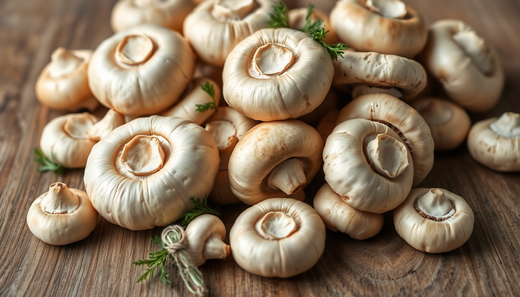
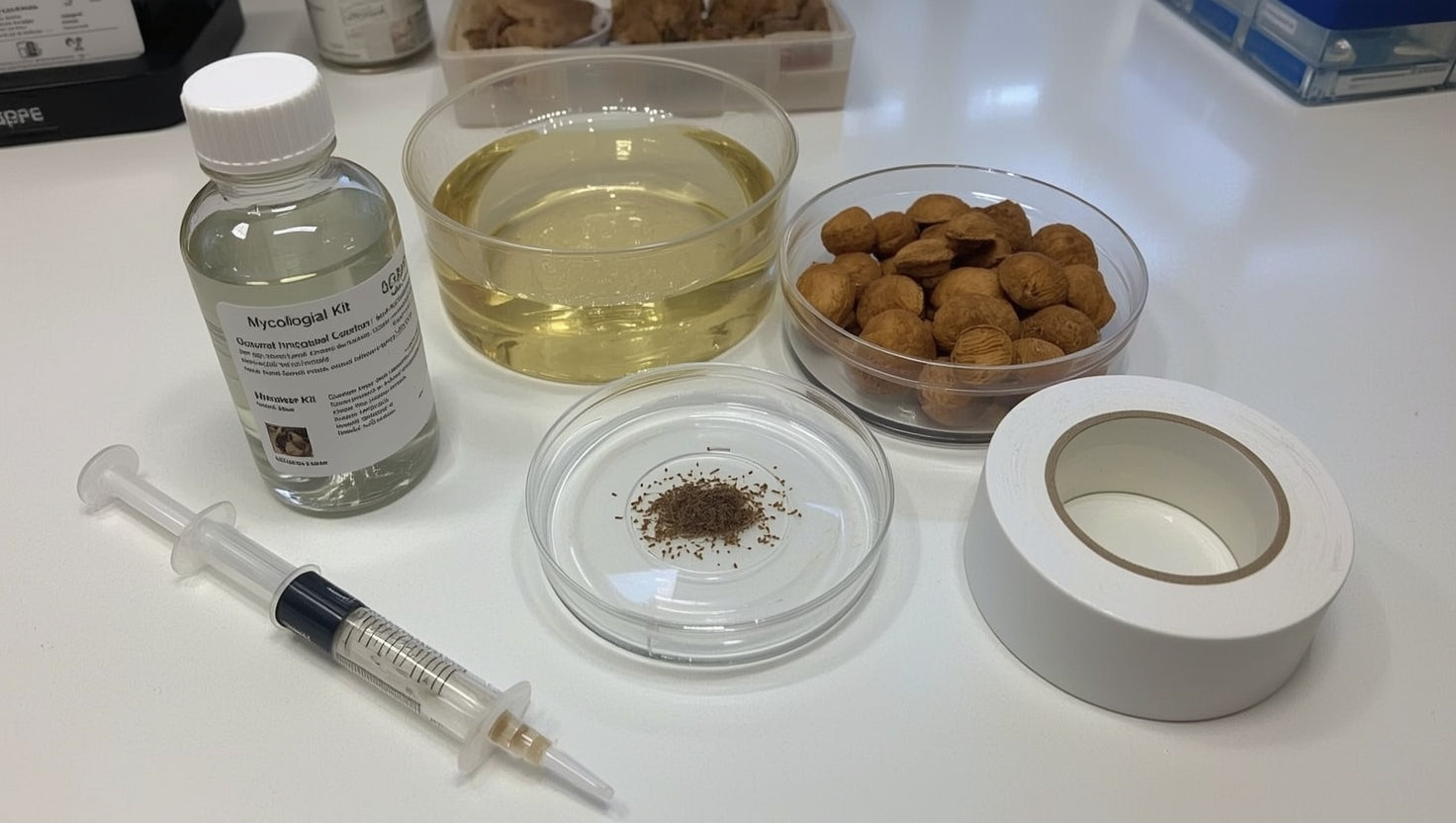
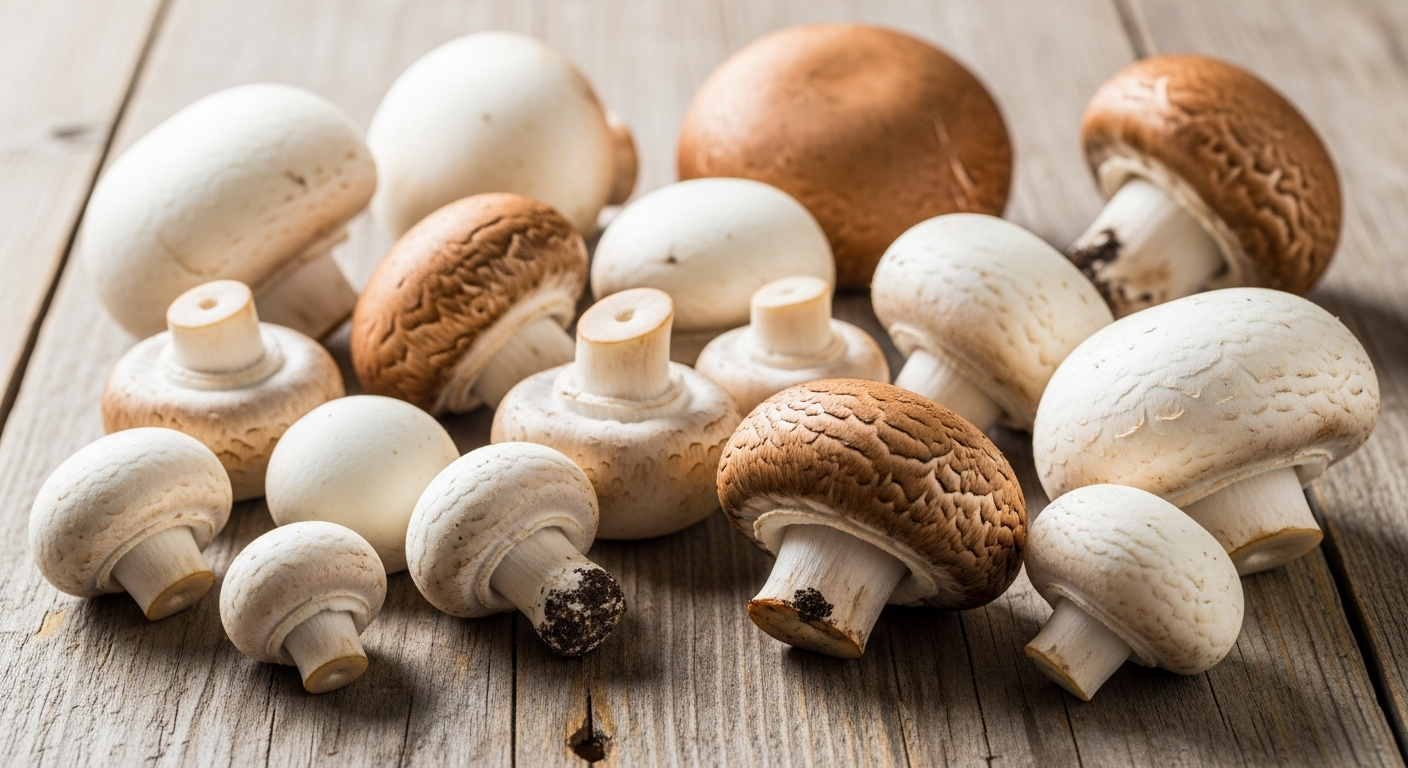
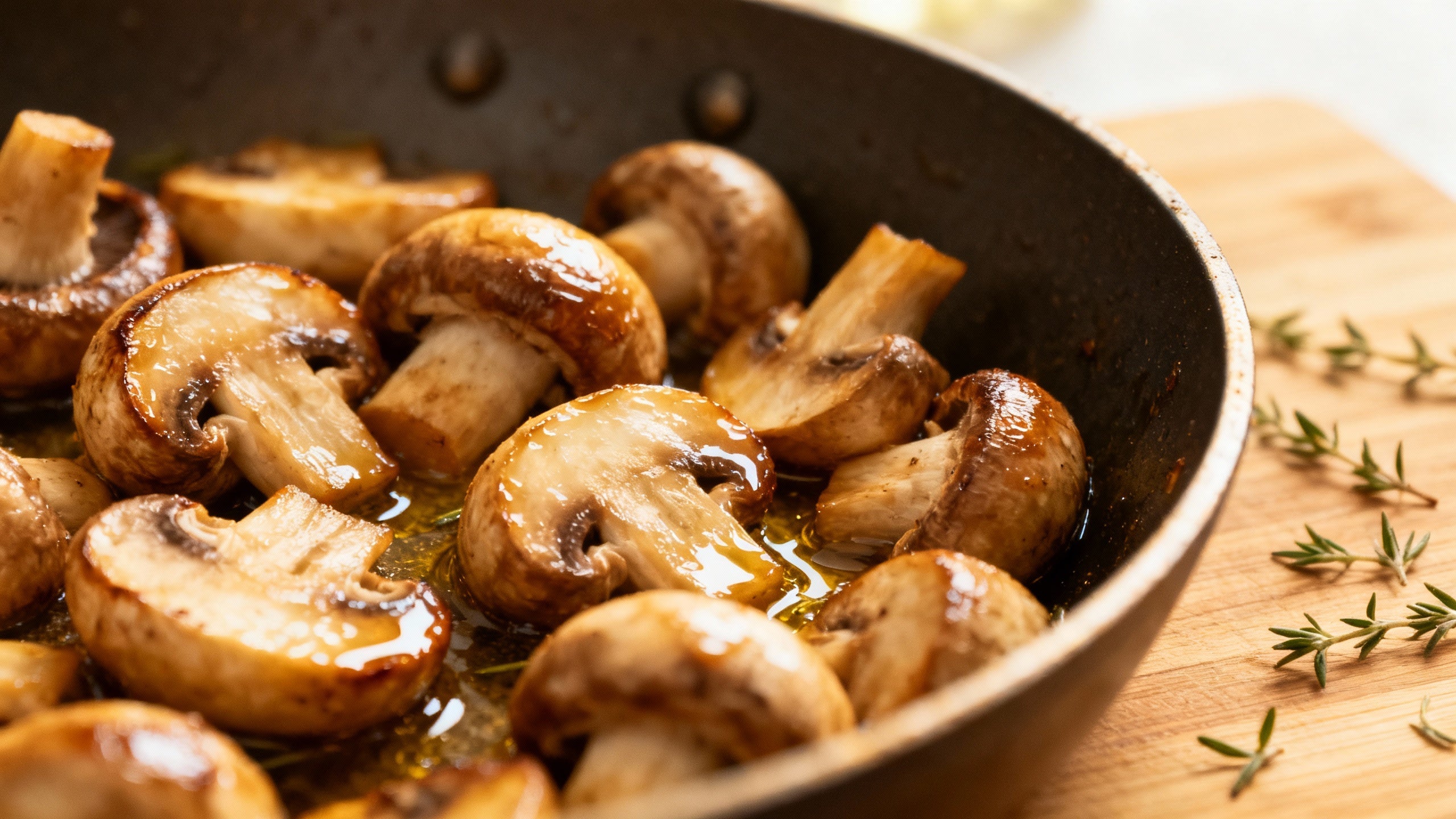
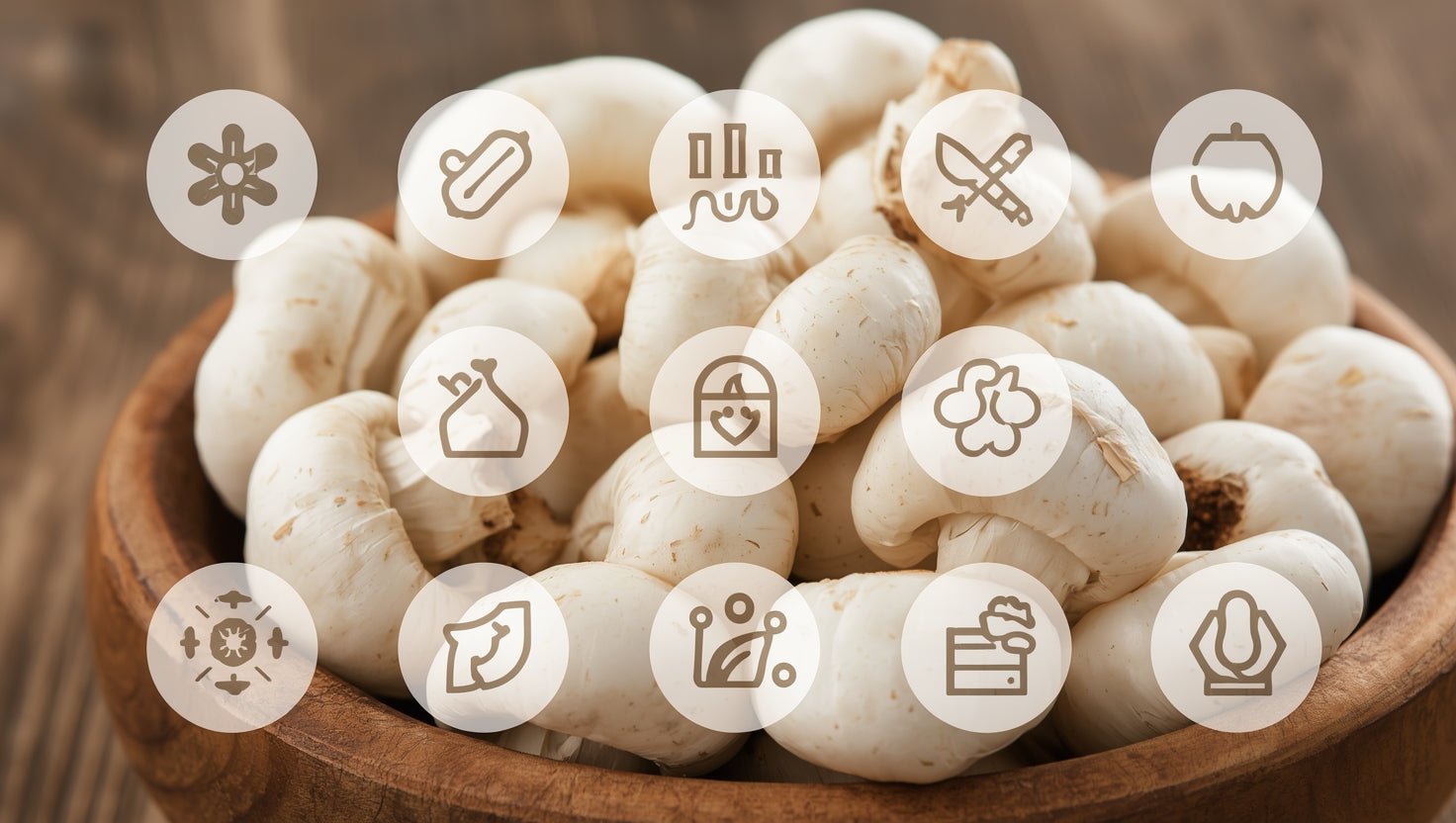
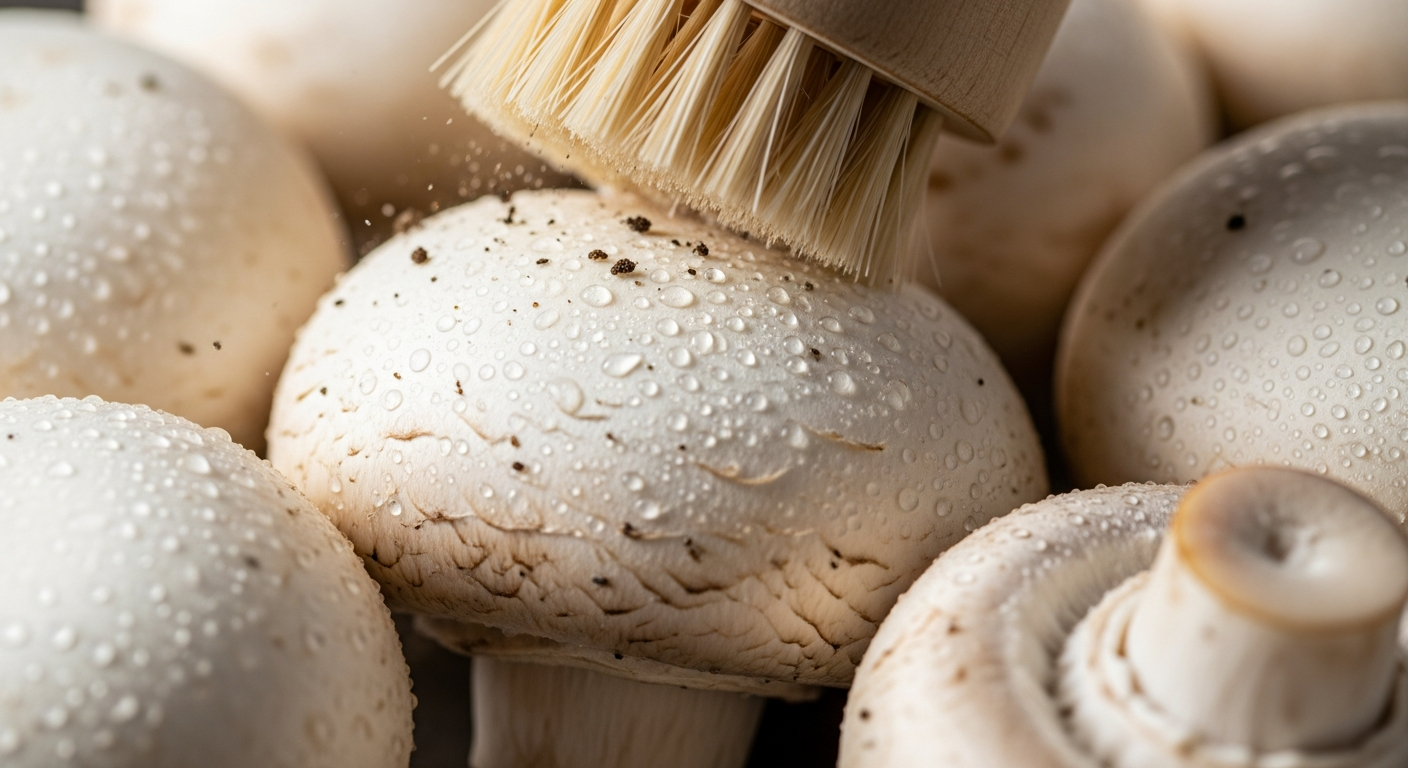
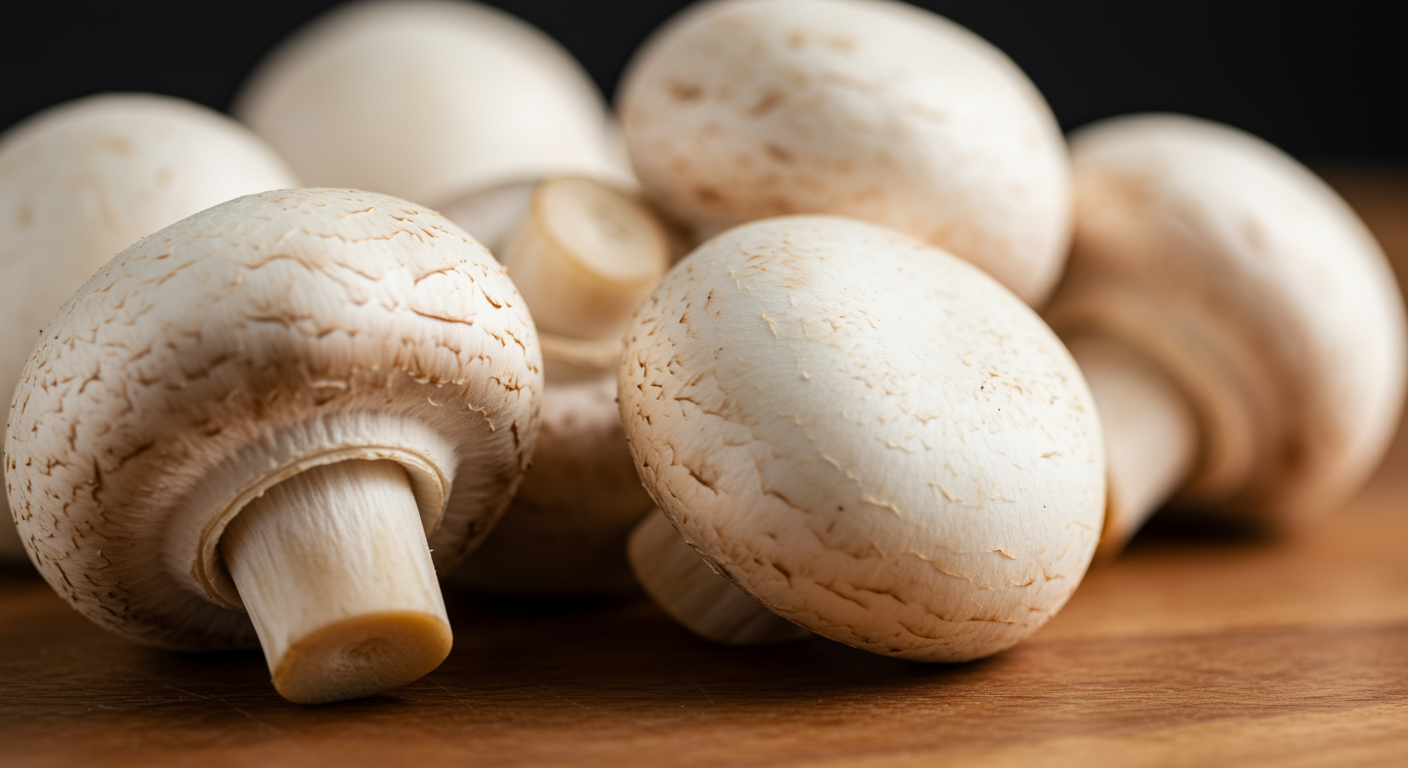
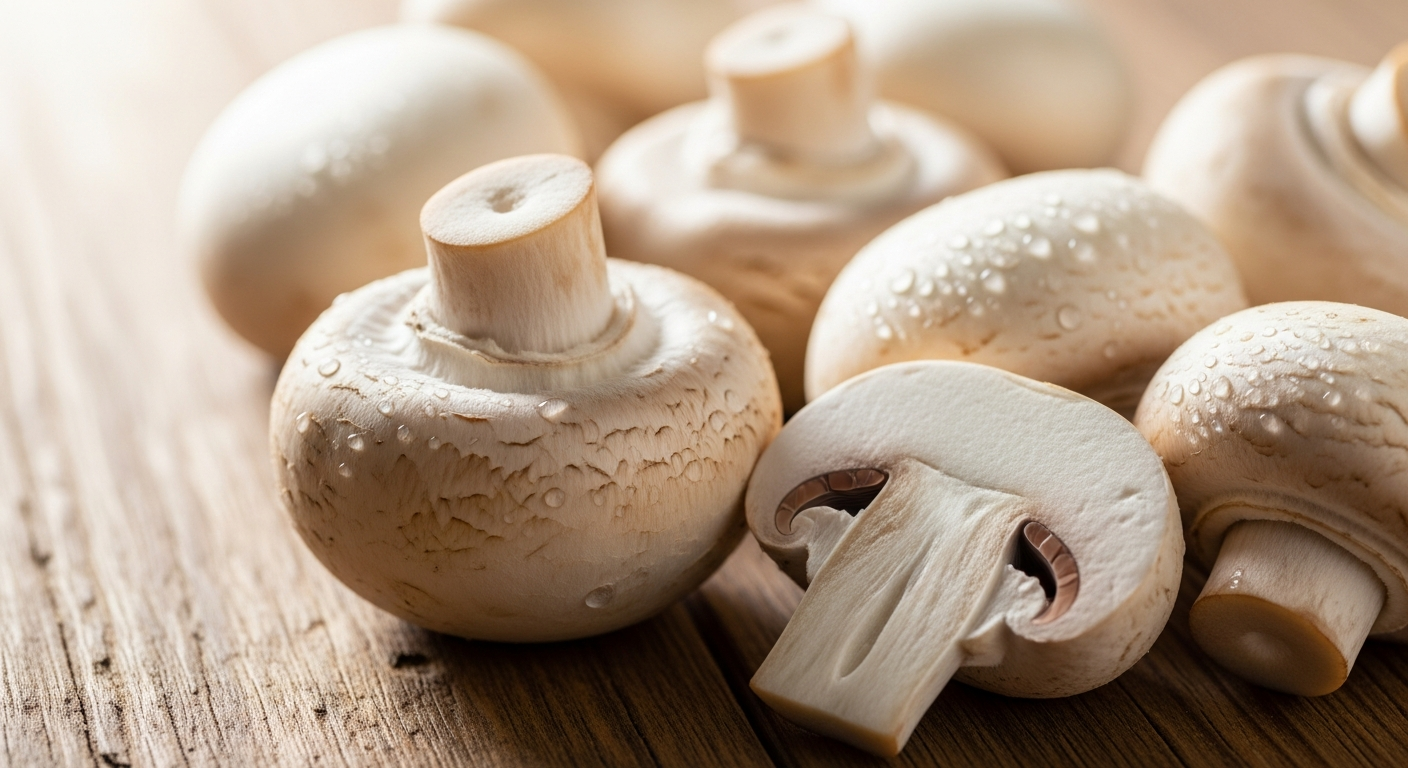
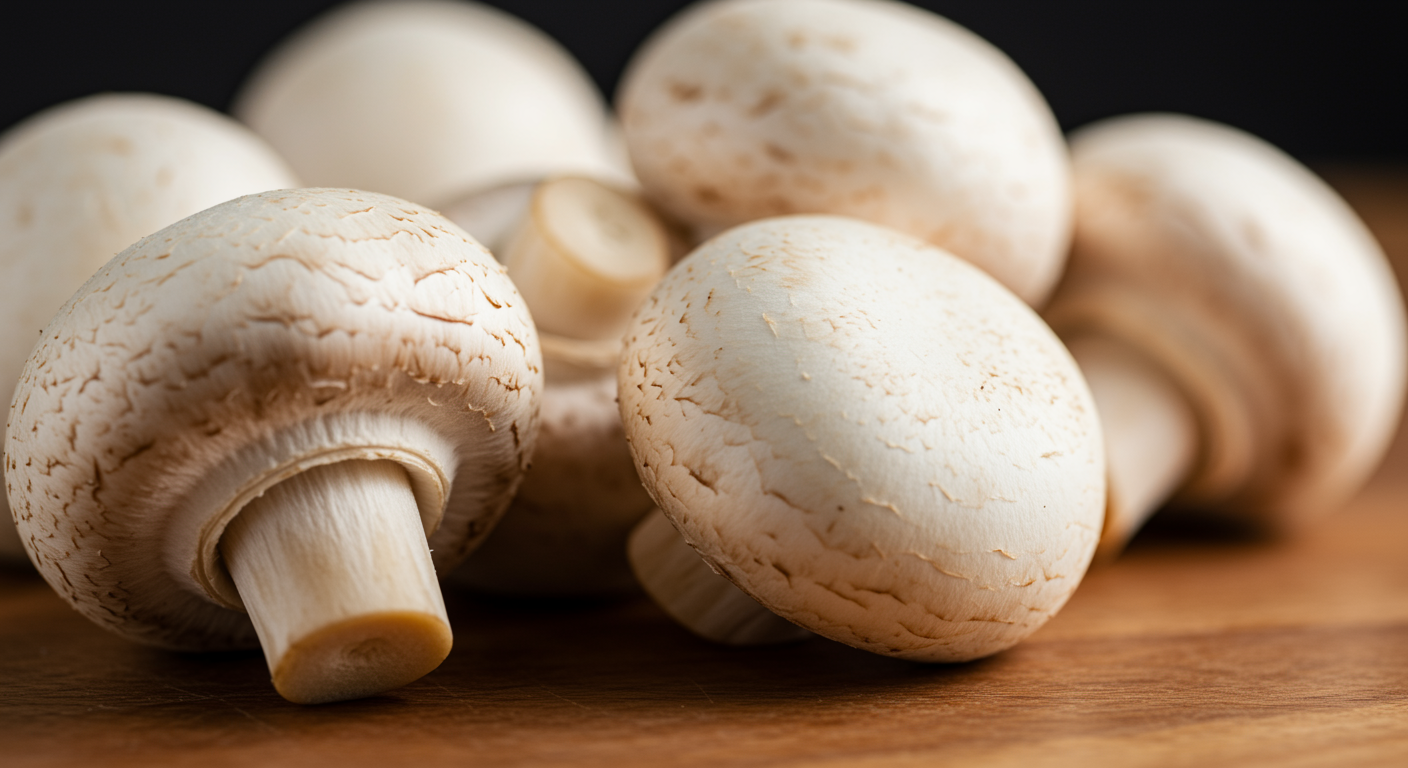
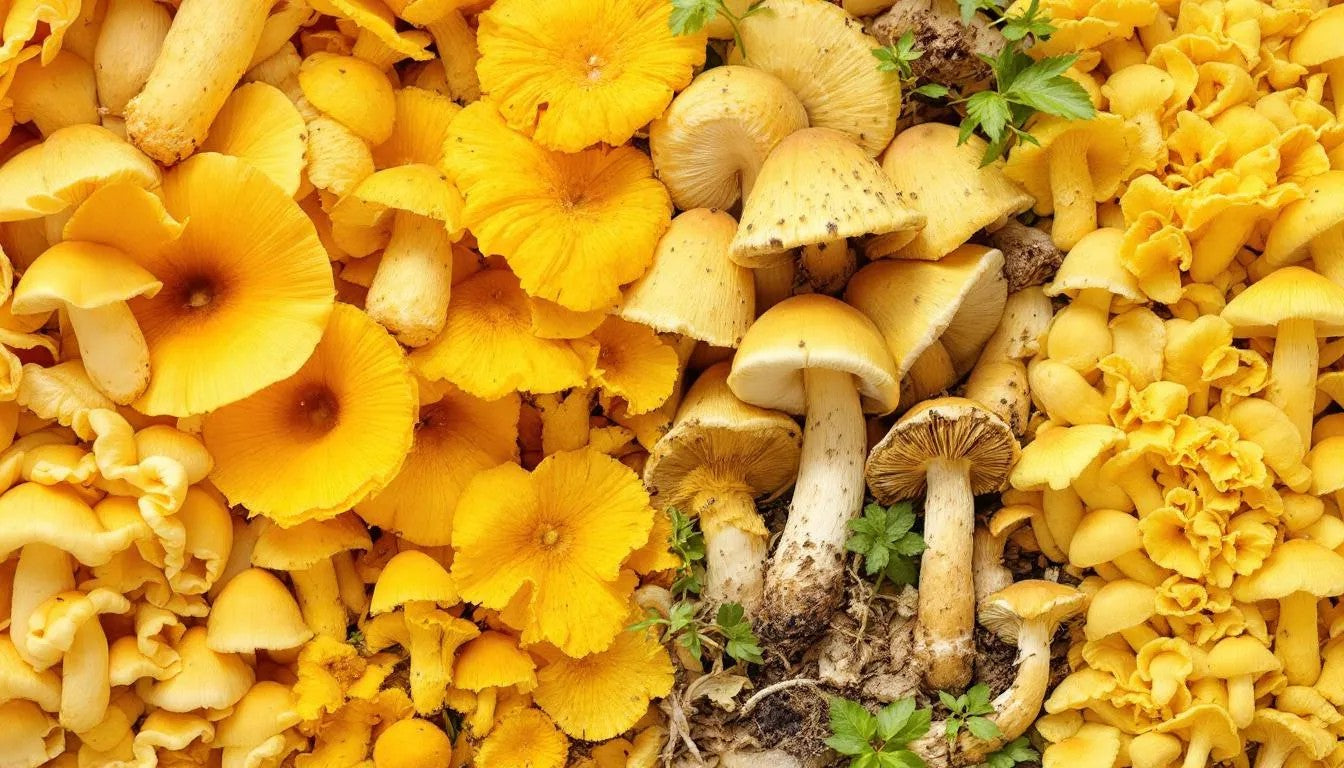

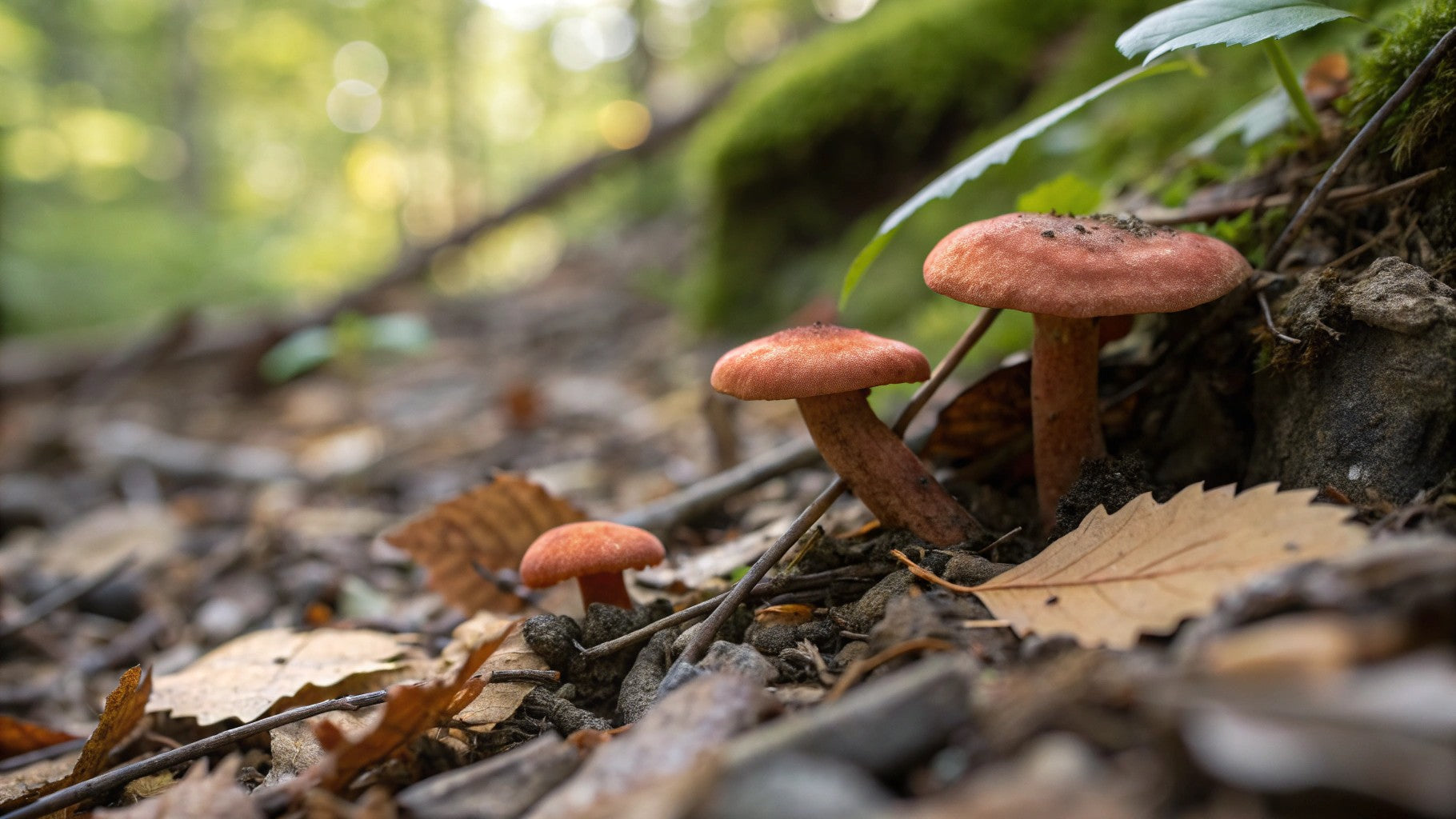
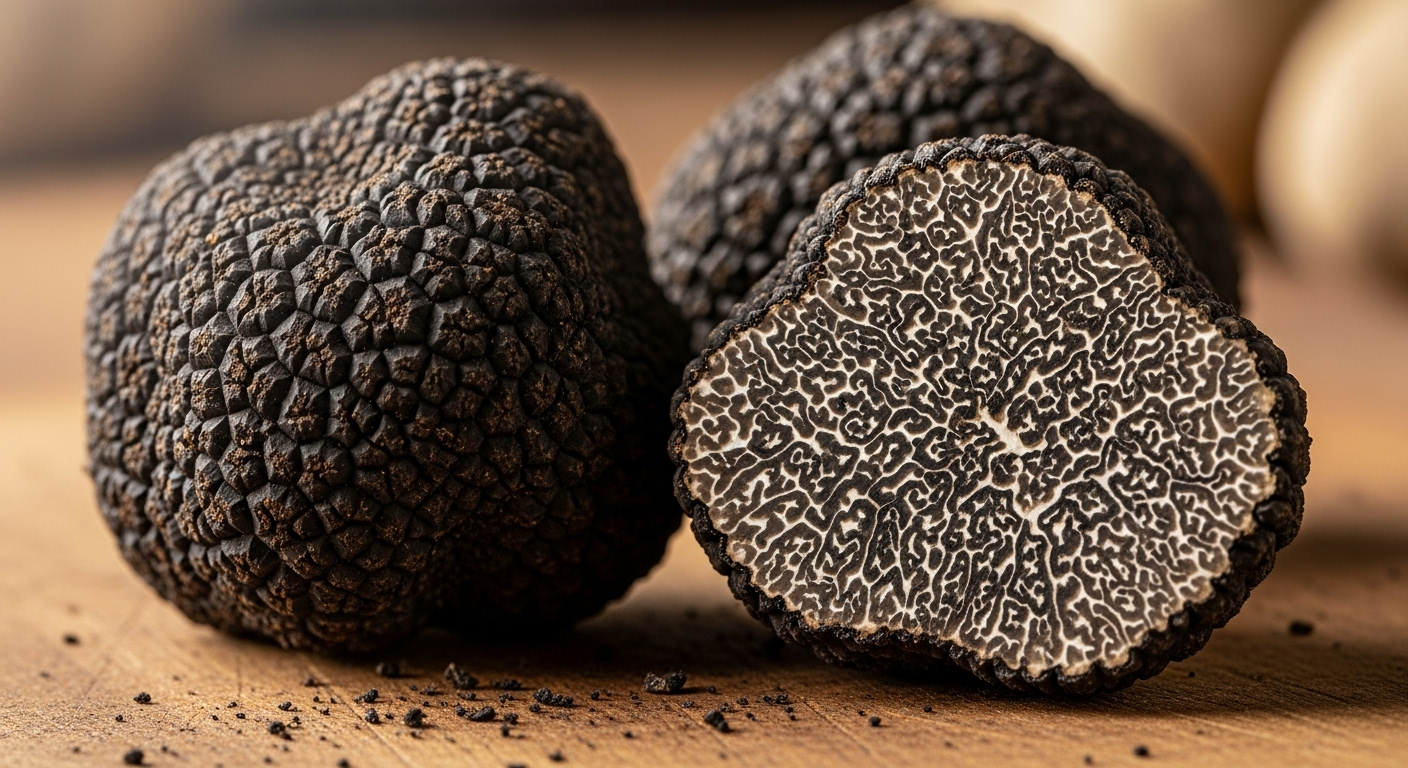
Share:
Mushroom Tea - A Soothing and Healthy Elixir
The Ultimate Cream of Mushroom Chicken Recipe